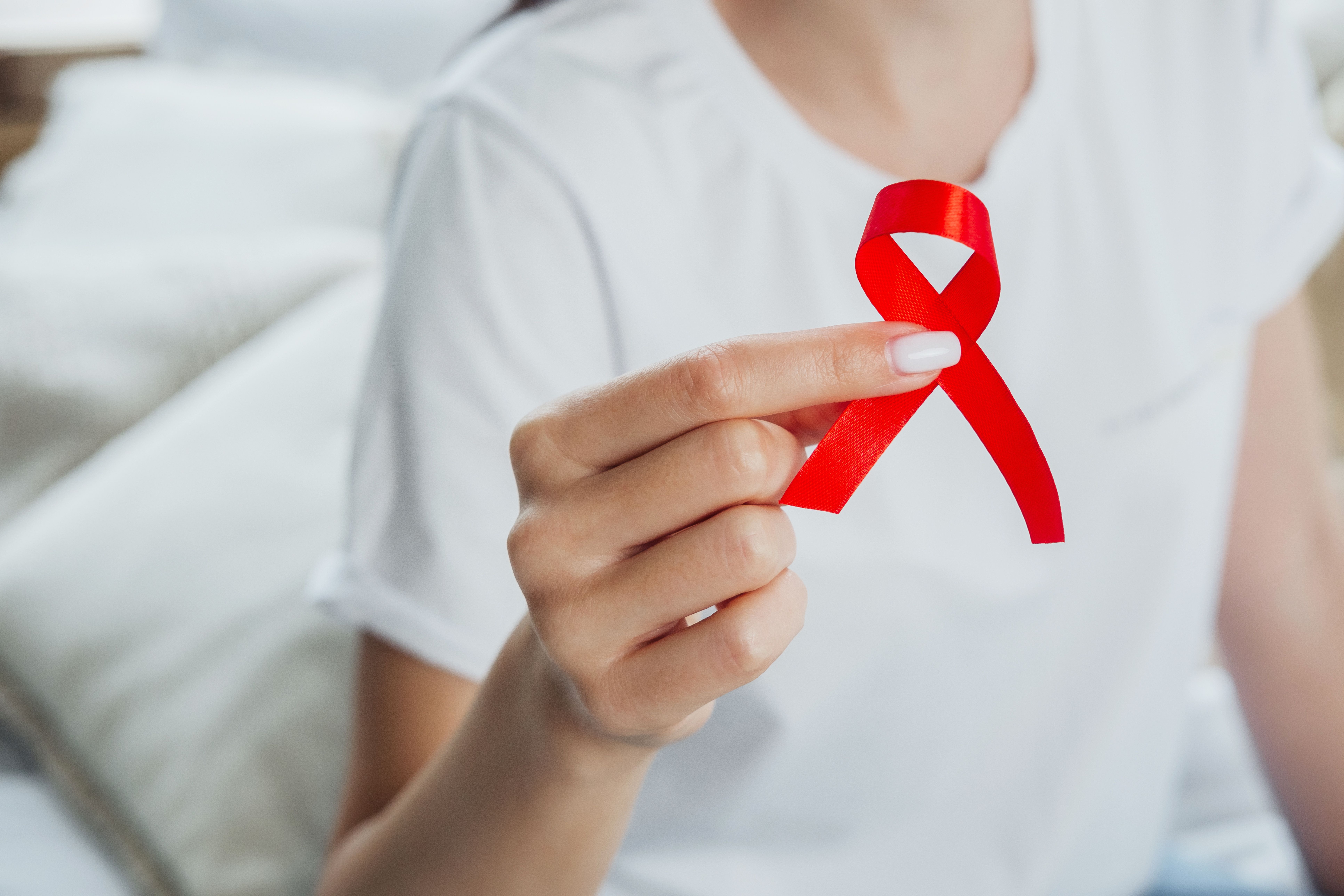Article
Suspension of a Rural Syringe Service Program Increased Risks of HIV and HCV Acquisition
Author(s):
After a rural syringe service program was indefinitely suspended, individuals who inject drugs had a greater risk of contracting HIV and hepatitus C virus.
Suspension of a rural syringe service program (SSP) increased the risk of HIV and hepatitis C virus infection for people who inject drugs, according to a study appearing this week in Harm Reduction Journal.
SSPs are evidence-based interventions that are associated with reductions in rates of HIV and HCV among people who inject drugs.1 These programs can also effectively deliver resources, such as naloxone, that can prevent fatal overdoses.2 The Kanawha-Charleston Health Department (KCHD) in West Virginia implemented an SSP in 2015. It was suspended indefinitely in March 2018, after it became a source of political controversy. Law enforcement leaders tried to impose changes that were not considered best practices, including requiring participants to produce identification and limiting services to county residents.
“Rural communities throughout the USA need evidence-based interventions to reduce the consequences of the opioid epidemic among people who inject drugs,” researchers said. “Syringe services programs are effective structural interventions that have demonstrated public health benefits.”
Previous studies that examined the benefits of SSPs mostly focused on urban locations. This study sought to address the need to explore how SSPs could benefit drug users in rural areas. West Virginia has been severely affected by the current opioid epidemic, as published reports have documented an influx of prescription opioids at rates far above would should be necessary for the population.
Researchers conducted comprehensive 45- to 75-minute interviews with 27 users of injectable drugs in Charleston, West Virginia, in 2018. To be included in the study, participants had to be residents of Kanawha county, at least 18 years old, and must have injected illegal drugs within the past 30 days. Of the total, 59.3% of the participants were male and 88.9% were white.
During the interviews, participants were asked about their previous experiences with the KCHD SSP. Researchers enquired about access to sterile syringes and overdose prevention resources both before and after the SSP was suspended. They also asked about high-risk behaviors such as syringe-sharing and assessed participants’ knowledge of HIV prevention. The interviews were audio-recorded and transcribed verbatim. Researchers used an iterative, modified constant comparison method to systematically code and synthesize textual interview data.
Researchers found that suspension of the KCHD SSP dramatically changed the public health landscape for users of injectable drugs.
- Participants mentioned being stigmatized by community members for their drug use before, during, and after the KCHD SSP was suspended. However, many participants said they trusted the SSP staff and didn’t feel stigmatized by them.
- Participants stated sterile syringes were dramatically less accessible after the program was suspended. They described frequently injecting with used syringes and engaging in needle-sharing after the SSP was suspended.
- Participants said they felt like they were more susceptible to HIV after the SSP was suspended due to needle sharing and lack of access to routine HIV tests.
- Participants stated that they believed naloxone was far less accessible after the SSP was suspended.
“These data demonstrate that when sociopolitical forces subvert evidence-based programs, the most vulnerable suffer,” researchers said.
Researchers suggest that efforts should be made to explore how to reduce community-level stigma toward people who use injectable drugs and curb negative perceptions of addiction. They believe that elected officials should be shown evidence of the benefits of harm reduction services. They also advise that policymakers should revise all existing policies surrounding the provision of harm reduction services to ensure they meet the established best practices for SSP operations.
“These data serve as a call to action for policymakers to take a stand against inaccurate and misleading reports about SSPs and enact immediate plans to ensure [people using injectable drugs] have access to sterile injection equipment and overdose prevention resources. Choosing to ignore the evidence-base for SSP operations not only presents an ethical and moral dilemma, but also sets the stage for an HIV outbreak and worsening overdose epidemic,” researchers concluded.
References
1. Hurley SF, Jolley DJ, Kaldor JM. Effectiveness of needle-exchange programmes for prevention of HIV infection. Lancet. 1997;349(9068):1797—800. doi: 10.1016/S0140-6736(96)11380-5
2. Des Jarlais DC, Nugent A, Solberg A, Feelemyer J, Mermin J, Holtzman D. Syringe service programs for persons who inject drugs in urban, suburban, and rural Areas - United States, 2013. MMWR Morb Mortal Wkly Rep. 2015;64(48):1337-41. doi: 10.15585/mmwr.mm6448a3
3. Allen ST, Grieb SM, O’Rourke A, et al. Understanding the public health consequences of suspending a rural syringe services program: a qualitative study of the experiences of people who inject drugs. Harm Reduct J. 2019;16(1):33. doi: 10.1186/s12954-019-0305-7.





